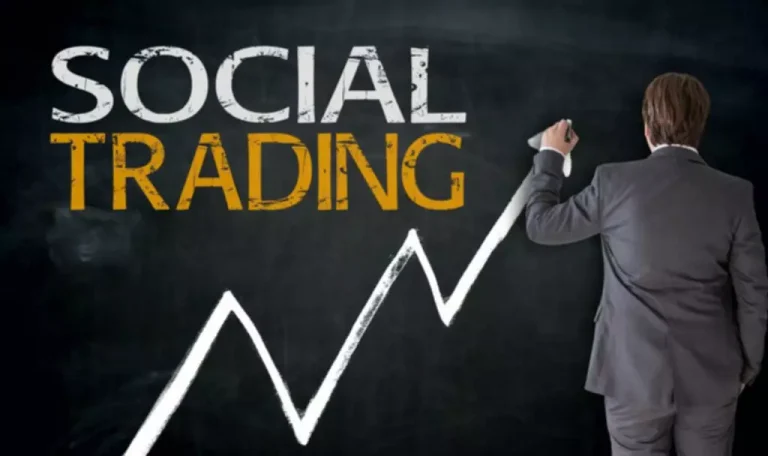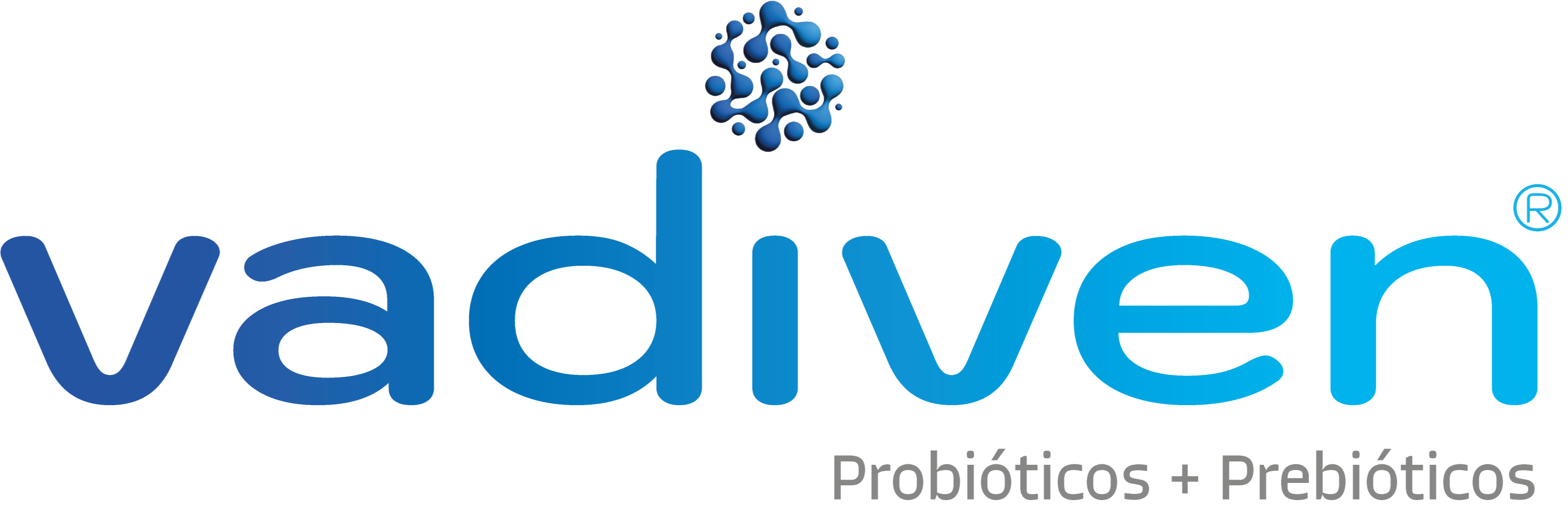A building must meet strict criteria to become passive house certified. For instance, it can’t use more than a certain amount of energy each year and must pass an airtightness pressurization test. A passive house is one that’s certified to meet strict energy-efficiency standards. These structures use significantly less energy than standard builds while improving resiliency, comfort and indoor air quality.


Dividends are cash payments from companies to investors as a reward for owning the stock. The scenario is somewhat different when it comes to large-cap funds. However, a significant majority, 58.1% of active managers, failed to outperform the benchmark during this period. For most people, there’s a time and a place for both active and passive investing over a lifetime of saving for major milestones like retirement. More advisors wind up using a combination of the two strategies—despite the grief the two sides give each other over their strategies.
Because index funds simply track an index like the S&P 500 or Russell 2000, there’s really no mystery how the constituents in the fund are selected nor the performance of the fund (both match the index). The following table recaps the main differences between passive and active strategies. You are now leaving the SoFi website and entering a third-party website. SoFi has no control over the content, products or services offered nor the security or privacy of information transmitted to others via their website. We recommend that you review the privacy policy of the site you are entering.
- It focuses on a buy-and-hold strategy, although you can also follow such a strategy with active investing.
- • Passive strategies are generally much cheaper than active strategies.
- The strategy requires a buy-and-hold mentality, which means selecting stocks or funds and resisting the temptation to react or anticipate the stock market’s next move.
- Say if Sensex goes through a rejig, the fund manager will have to make the same adjustment in his/her fund.
One key aspect of this debate is the performance of actively managed funds compared to index funds, and the SPIVA (S&P Indices Versus Active) report for Indian equity provides valuable insights into this ongoing discussion. Perhaps the biggest advantage of an active investing approach is having a human investor on your side. Active fund managers are usually surrounded by teams of financial experts and analysts who spend their days conducting in-depth research to pick the right stocks and identify lucrative opportunities. When these fund managers are right in their choices, you could hit it big. For this reason, many Canadians are starting to follow the world trend of choosing passive vs. active investing.


Stay informed on the most impactful business and financial news with analysis from our team. Having worked in investment banking for over 20 years, I have turned my skills and experience to writing about all areas of personal finance. My aim is to https://www.xcritical.in/ help people develop the confidence and knowledge to take control of their own finances. The views and opinions expressed herein are those of the author and do not necessarily reflect the views of Morgan Stanley Wealth Management or its affiliates.
Investments in securities market are subject to market risks, read all the related documents carefully before investing.The contents herein above shall not be considered as an invitation or persuasion to trade or invest. I-Sec and affiliates accept no liabilities for any loss or damage of any kind arising out of any actions taken in reliance thereon. It’s also worth comparing the best trading platforms for your portfolio as the range of investments and fees can vary significantly.


Investors should carefully consider their investment objectives, risk tolerance, and time horizon when deciding between actively-managed and index-based passive funds. For investors who are willing to tolerate higher level of risk and volatility, actively-managed mid- and small-cap funds could offer a strategic advantage for those seeking higher potential returns. However, in the large-cap space, investors should be more cautious when choosing actively-managed funds and can consider passively-managed index funds.
Every fund manager chooses a benchmark that contains the type of investments their fund contains. Again, if your fund manager has the skills to create a market-beating portfolio, the fees might be worth the lucrative gains. Just don’t go into an active fund thinking you’ll automatically get higher returns than the market. Over the long-run, it’s extremely difficult for a fund manager to beat the market every time. First off, when you hear people talking about Active vs passive investing, they’re typically referring to how investment funds, such as mutual funds or index funds, are managed.
We’re also going to look beyond the glossy marketing to see whether active investing has actually outperformed the passive approach. While actively managed assets can play an important role in a diverse portfolio, Wharton faculty involved in the program say that even large investors often do best using passive investments for the bulk of their holdings. Investors with both active and passive holdings can use active portfolios to hedge against downswings in a passively managed portfolio during a bull market. However, recent reports suggest that in the current 2019 market upheaval, actively managed Exchange-Traded Funds (ETFs) are soaring.
Active fund managers argue that their higher fees are more than offset by index-beating returns. Passive fund managers point to only a small number of active funds managing to beat their passive counterparts over a period of five years or more. Some examples of actively managed investments are hedge funds and a stock portfolio actively managed by the investor via an online brokerage account. Some might have lower fees and a better performance track record than their active peers. Remember that great performance over a year or two is no guarantee that the fund will continue to outperform.
These are a useful resource for investors wanting to compare funds across different types and sectors. Fees on active investments are higher than those on passive investments because it costs more to actively manage investments. One example of an active investment is a hedge fund, while an exchange-traded fund that tracks an index like the S&P 500 is a passive investment. However, you may prefer to actively invest during a bear market because active managers don’t have to stick with a certain set of stocks in a particular index. They may be able to find pockets of outperformance in various parts of the market, while the index-tracking funds will have to stick with a wide array of stocks in every sector across the market. For the average investor, passive investing might work better because of the lower fees and the fact that you don’t have to make decisions about which stocks to buy or sell.
Active investing is what live portfolio managers do; they analyze and then select investments based on their growth potential. Active strategies have a number of pros and cons to consider when comparing them with passive strategies. Active investing is a strategy where an investor attempts to beat the market by trading individual stocks, bonds, or other securities.
An example of active investing is an equity mutual fund where the fund manager decides which funds will go in and out of the fund. If you’re a passive investor, you wouldn’t undergo the process of assessing the virtue of any specific investment. Your goal would be to match the performance of certain market indexes rather than trying to outperform them. Passive managers simply seek to own all the stocks in a given market index, in the proportion they are held in that index. • The number of actively managed mutual funds in the U.S. stood at about 6,800 as of January 11, 2022 vs. 492 index funds, according to Statista.
